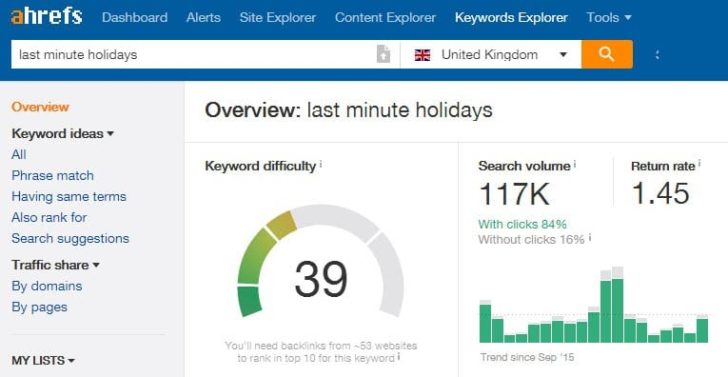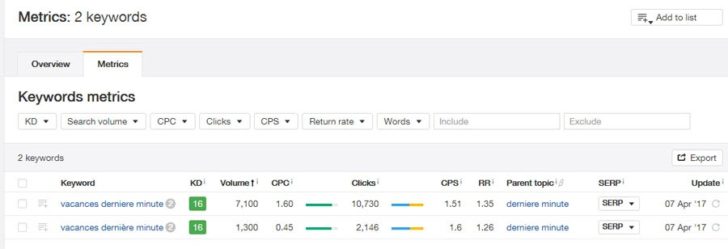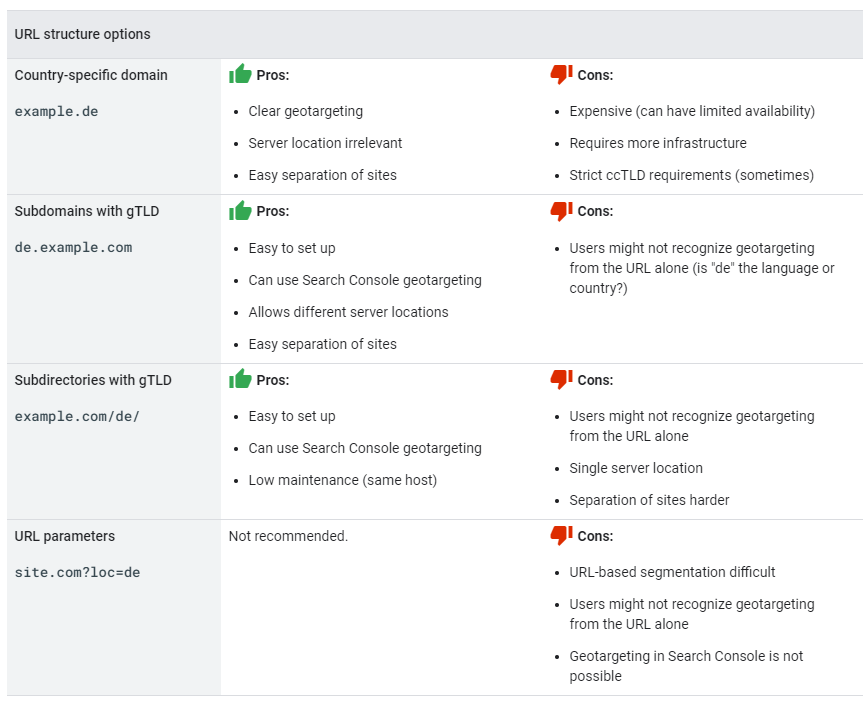30-second summary:
- Search engines are laser-focused on improving user experience and voice search plays an increasingly key role
- With 100+ global languages, people are prone to searching in their native language
- How do you optimize your website for multilingual search while keeping a natural and conversational tone?
- Atul Jindal accurately guides you through the process
Google is now recognizing 119 different languages on voice search. Which is great for user experience. But it makes ranking a bit more challenging for website owners, especially those who host multi-linguistic traffic. Website owners must act to cater to these people who are taking a different linguistic approach to search. That’s where multilingual SEO comes in, done with voice search in mind.
But before we begin digging deeper into multilingual SEO for voice search, let us first introduce the search of the future aka multilingual voice search.
What is Multilingual Voice Search?
With the evolution of technology, search engines like Google, Bing, Yandex, and others work towards enhancing their user experience and making the search easier than ever.
Keeping up with these efforts, they now let people talk to them in their own language, understand it and yield the results they were searching for.
Moreover, more than 23 percent of American households use digital assistants, and nearly 27 percent of people conduct voice searches using smartphones. This number is expected to increase by more than nine percent in 2021 alone.
This means, more and more people will converse with Google in languages other than English. Like, a German native is likely to search for something by talking in German. A native Indian could use any of the 100+ languages spoken in India, and a US national may use English, Spanish, or some other language.
This increase in the popularity of voice assistants, multilingual voice search inadvertently leads to an increase in the demand for multilingual SEO for voice search.
But do you need to optimize your website for multilingual searches? Yes. How else will your website reach your target audience that searches in their native language?
Combining Multilingual SEO with voice search
So far, there are guides only for either multilingual SEO or for voice search. However, gauging the rising importance of this relatively new search, we present you with a guide that combines voice search and multilingual SEO.
What is Multilingual SEO?
Multilingual SEO is a practice that adapts your website to cater to your target audience that uses multi-linguistic search. It involves translating the web page, using the right keywords, and optimizing the web page accordingly. We will go into the details below.
Notice how Google yields Hindi results for a search conducted in Urdu/Hindi. That’s because these results were optimized for multilingual voice searches.
Voice search: The search of the future
Voice searches are hugely different from regular typing searches. When typing, you want to do minimum physical effort, that is typing, and get results. Anyway, when speaking, you are not doing any physical effort and just talking. Therefore, voice searches tend to be longer and have a more conversational style and tone.
Let’s take an example
A person looking for a Chinese restaurant will go about it in two different ways when using voice search and regular search.
When typing, this person will type something like “best Chinese restaurant near me.”
On the other hand, when using voice search, he or she will simply say “Hey Google, tell me about the best Chinese restaurants I can go to right now.”
Do you see the difference? To optimize for voice assistants, you have to adapt to this difference when doing SEO.
Adding the multilingual touch to this and you’ll have a multilingual voice search.
From the example above, I searched for the weather in my city.
If I were typing, I simply would’ve typed “[my city name] weather.”
However, when using voice, I used a complete phrase in my native language, and google yielded results in that language. These results showed that they were optimized for multilingual voice searches.
How to Do Multilingual SEO for Voice Searches?
Now, if you want to cater to a global audience and expand your reach. And you want your website to rank when your target audience searches for something you offer, in their own language, you need multilingual SEO.
Below we are discussing some steps to optimizing your website for multilingual searches:
Keyword Research
No SEO strategy can ever start without keyword research. Therefore, before you begin doing multilingual SEO for your website, you need to perform proper keyword research.
When translating your website, you can’t just translate the keywords or phrases. Because a keyword that has high search volume in one language may not be that viable when translated in another language.
Let’s look at a case study from Ahrefs to understand this point.
Ahrefs looked at the search volume for the key phrase “last minute holidays.” They found out it received 117k searches from the UK in a month.
However, the same phrase translated into French “ Vacances dernière minute.” Had a total search volume of 8.4k.


The findings from this case study go to show the importance of independent keyword research for multilingual SEO. Because simply translating the keywords won’t yield good results.
So, what you can do is pick up the phrases from your original website, which we assume is in English and is optimized for voice search. Translate them. Brainstorm additional relevant keywords and plug them into any of the keyword research tools to see their search volume and competition.
Additionally, keywords for voice searches are different from regular keywords as you need to take an intuitive approach by getting to your target audience’s mind to see what they think and speak when searching. And how they do it. Then use these phrases to go ahead with your keyword search and make a list based on high search volume and low competition.
Translation
Once you have a list of keywords you want to optimize, the next step is to translate the content that’s already there on your website and optimize it with the keywords.
When translating a website, the best approach is to hire a human translator who is a native speaker of the target language.
You may be tempted to use Google Translate or some other automatic translation tools. But even though Google endorses its translators, it leaves a subtle recommendation on using human translators. Because robots are yet to come as far as competing and beating humans. At least when it comes to translations.

Additionally, make sure the translator aligns the content with the tone of your original website.
Hreflang Annotation
Here comes the technical part. Did you really think you can get by multilingual SEO without getting involved in the technicalities?
Hreflang annotation is critical for websites that have different versions in different languages for various searches.
It enables Google to identify which web page to show to which visitor. For example, you don’t want your English visitors to land on the French version of your page. Using Hreflang will enable you to receive English visitors on the English page, and French-speaking people on the page in French.
Another important attribute that will go in your website’s code when doing multilingual SEO is the alternate attribute. It tells the search engine that a translated page is a different version, in an alternate language, of a pre-existing page and not a duplicate. Because Google cracks down on duplicate pages and can penalize your website if you haven’t used the alternate tag.
URL structure
You can’t discuss multilingual SEO, without talking about URL structure.
When doing multilingual SEO, you are often saving different versions of your website under the same domain. This means, you have to create a URL structure for each version, so the search engine can take the visitor to the right page.
When it comes to URLs for multilingual websites, you have many options, and each option has its pros and cons. You can check out how Google lists these pros and cons in the image below.

Source: Google Search Central
Confused about which URL structure to use?
You can choose any option as per your preferences. According to Google, no URL structure has a special impact on SEO except using parameters within URLs. I personally think using a sub-domain as Wikipedia or Sub-folder/directory as Apple, are the easiest options to create a multilingual site. But if you’re using WordPress then you can use a plugin like Polylang to multi-lingual.
Content style
The content writing style is quite important when optimizing your website for multilingual SEO. your content should be more focused on conversational style rather than academic or complex sentence structures. As said, voice-related queries are mostly in questions format, so faqs, short paragraphs with more emphasis on addressing questions will be better for voice-related search queries.
The importance of multilingual SEO for Voice Search
Now that you know how to set your website for multilingual SEO, you might be wondering whether it is worth all the hassle.
If your website sees a lot of multilingual traffic, you have no other choice than to go for multilingual SEO for voice search because,
- Voice search is the future of search 51 percent of people already use it for product research before buying. Therefore, starting with multilingual voice search right now will prepare you to tackle the challenges of search and SEO that the future brings.
- Your business can’t grow all that much unless it personalizes its offerings to the visitor. In this case, speaking to them in their own language adds up to a good user experience.
- Multilingual SEO will expand your website’s reach by catering to multi-linguistic searchers. If your business is global or spread to multiple countries with different languages, and your website is restricted to only English, I bet you must be missing a big chunk of easy traffic. Which would be difficult with English keywords with higher competition globally and keywords difficulty.
Final thoughts
Multilingual SEO for voice search is something that you’ll see all website owners (who receive multilinguistic traffic) doing in the future. Therefore, it is better to start now and get ahead of your competitors.
The key takeaways for optimizing your website for multilingual voice searches are target language keyword search, human translation, hreflang tags, and the right URL structure.
With the right keyword research, a meaningful translation, thorough technical SEO, and by using the URL structure that fits best with your unique web requirements, you can enjoy riding the wave of multilingual voice search when it arrives, and it will arrive soon.
Atul Jindal is Sr. Web Engineer at Adobe Research.
The post Multilingual SEO for voice searches: Comprehensive guide appeared first on Search Engine Watch.



